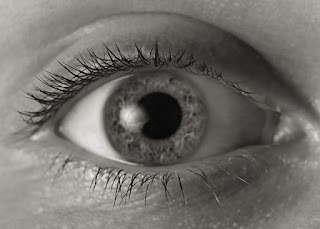Something that can be seen with the naked eye can be seen without a microscope, telescope or other device. (Although most of us have two eyes, we use “eye” in its singular form in this phrase. We would not say “the naked eyes.”)
Examples:
“ALMA is able to observe light that is invisible to the naked eye, allowing astronomers to view what is known as the ‘cold universe’ - those parts of space not visible using optical telescopes.”
“Discovered in 1995 by amateur astronomers Alan Hale in New Mexico and Thomas Bopp in Arizona, the extremely bright comet became visible to the naked eye the following year.”
“Antonie van Leeuwenhoek opened up a whole new world to us; he was the first to observe bacteria and other microscopic lifeforms which could not be seen by the naked eye.”
Photo credit: Manfred Huszar (Creative Commons)
I blog about editing, proofreading, and the English language.
Comments and suggestions are welcome.
Many of the phrasal verbs and idioms addressed in this blog were highlighted during an English conversation class I ran a few years ago. I’m grateful to those who attended this for helping me see my native language from a different perspective.
Most of the examples used are quotes from news articles. Click on the links (in yellow) to view the full article.

No comments:
Post a Comment